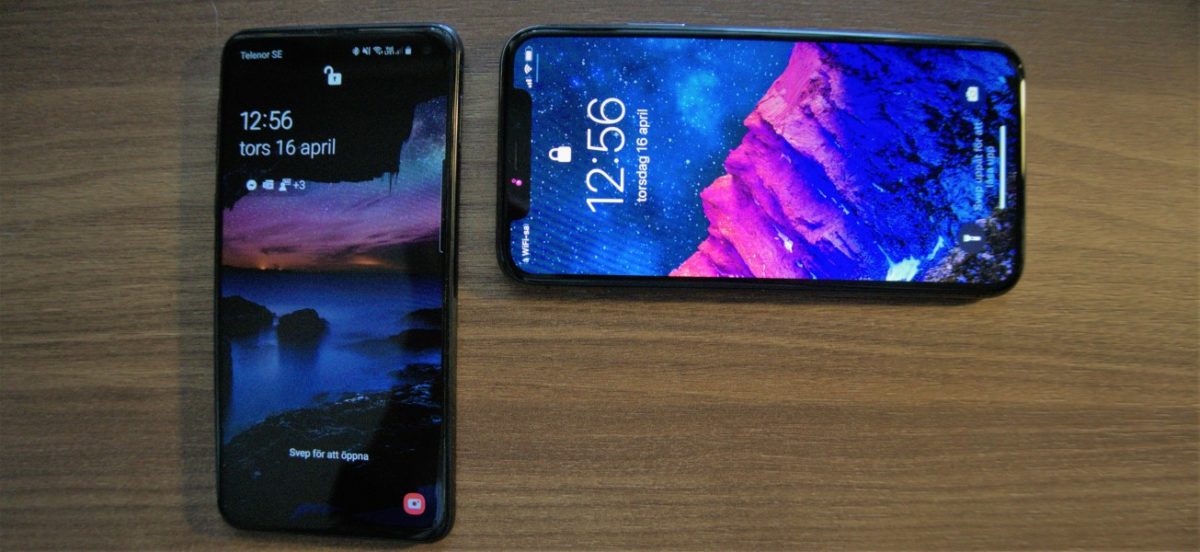Looking at the Swedish market, most of the companies I meet are managing their devices. These devices are usually iOS/iPadOS devices since, let’s face it, iOS has been superior in the Mobile Device Management segment throughout the years since they have had more settings exposed to MDM than Android. This has however changed over the years and the difference is not at all the same as of let’s say 3-5 years ago.
We can always discuss why platform A is better than platform B, but let’s not get into that. Everyone will have a separate opinion on this.
Looking at where we are today, many companies I meet manage their iPhones and iPads but haven’t really gotten around to Android yet. It’s still in some sense viewed as a secondary platform and not something that is wanted (it’s one more platform to provide end-user support on for one thing).
I fully respect this. However….
Looking back at my previous posts about what tools people to expect to use in the workplace, we are seeing a lot of growing demand for Android devices.
This could be out of personal preferences, the fact that the device is cheaper or the iPhone not being available in the market where the user lives. But this means that dodging the question of Android becomes harder and harder. And the later you get on top of Android, the harder the transition will be since Android is a lot different to manage compared to iOS/iPadOS.
For Android, you have to options depending on your wants and needs. You have Work Profile and Device Owner.

You should AT ALL COST avoid using Device Administrator since this is a legacy protocol which will be decommissioned by Google.
In this post I will not cover the dedicated devices method since this is meant for special adoptions and not regular end-users.
Work Profile
Work Profile is the most basic version of Android management and it has the least impact on already existing phones. Your users must download the Company Portal to enroll into Intune. This will create a separate “work sphere” where all corporate data will live.
This is the easiest form of Android management and you can deploy applications, configurations, and compliance policies. The work data will be separated from the personal data, but there are some limitations around management. This is the easiest way to start managing your Android devices without too much user impact.
Device Owner
Device owner or fully managed is the full feathered version of Android management where Intune takes total control of the device. This is more like how the iOS devices would be in a supervised mode. This management method also enabled Google Zero Touch enrollment (or Samsung Knox) for easier user onboarding. But you can of course have your users scan a QR code on first launch.
A huge benefit with this from a corporate perspective is that the user won’t need a Google account to enroll and download corporate applications. They can add a personal Google account, but it’s not needed to use it as a corporate device. Google accounts can otherwise be a hassle for less experienced user.
Company-owned work enabled
This version of Android management is when this blogpost is being written to officially launched, it’s still in preview.
This is however a combination of Work Profile and Device owner management where you as an organization gains full control over the device (giving you more management capabilities) but corporate data and personal data is separated.
This requires a device reset, just as device owner, but the user will get one corporate sphere and one personal sphere. The data is managed in the corporate sphere and left to the end users’ privacy in the personal sphere.
In my view, this will be the more attractive version of Android management overall since you can have a separation between personal and corporate data.
This method works extra smooth if you combine it with Google Zero Touch or Samsung Knox. If you don’t see a possibility to have this in place, you can of course have your users scan a QR code on first launch.
Where should you start?
Start small and start easy. If you have a lot of Android devices today, Work Profile is the best place to start. Having users reset their devices containing photos, apps etc. is not a popular thing to do. You could argue that it’s a corporate device and your users must comply, but this is not an effective way to build trust and getting the devices into management.
If you have just a few devices and looking to introduce Android into your environment, Device owner or the new Corporate-owned work enabled method is the way to go. You will have fresh devices going in and the need for a reset doesn’t exist. Combine this with Google Zero Touch or Samsung Knox and you will have a killer user on-boarding experience!
What are your thoughs on Android and where do you stand today? Comment below!










